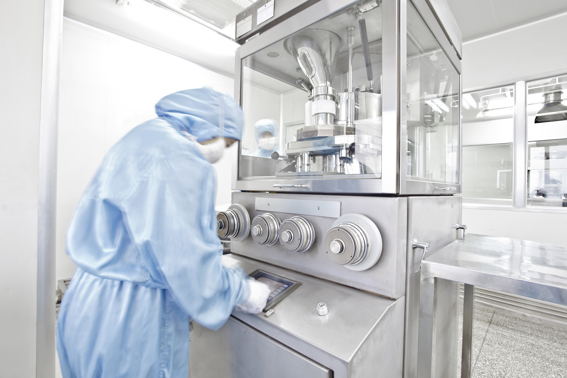By aseptic technique, we can break this down into:
- Aseptic: “free from contamination caused by bacteria, viruses and other micro-organisms”.
- Technique: “the method or skill of doing or performing something”.
And bringing this together, aseptic technique is the method of performing aseptic activities or manipulations whilst actively avoiding the introduction of additional microbial contamination to the material or process.
Sampling
To sample water effectively, personnel should observe:
- The use of sterile sampling containers
- Ensuring the sampling container is of the correct size, to avoid water flowing over the top of the container. Sample containers should not be overfilled
- The use of containers and bottles with narrow openings
- Personnel must only touch the outside of the container
Prior to sampling:
- Personnel must wear sterile gloves
- Gloved hands should be disinfected
- Conversations must be avoided whilst sampling
Before taking a sample:
- Fresh tubing should be used from sink outlets. For Water for Injection this will be tubing that has been autoclaved
- Outlets should ideally be flushed, however the volume of flushing must match what happens in production so that the sample is representative
- If possible regulate speed of sample outflow to avoid splashing
- Splashback from sinks must be avoided
- Sample lids must be secured, to avoid leakage
- The location, date and time of sampling must be recorded contemporaneously
When taking the sample ensure:
- That there is no contact with internal parts of sample containers other than from sample itself
- Gloves are worn (sanitise gloves immediately prior to sampling)
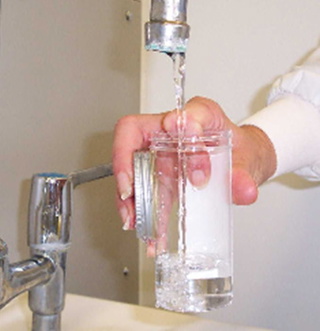
- Exposure of air to open sample containers is minimised
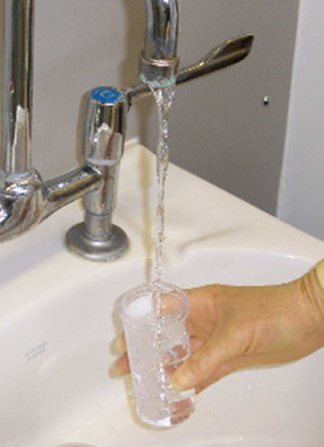
- There is no other contact with the sample other than inside of sample container
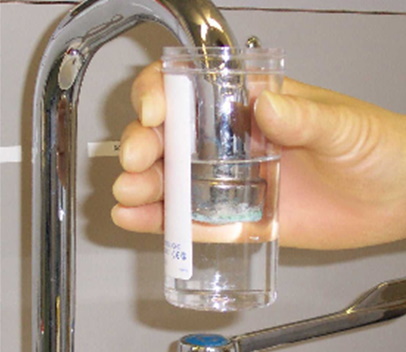
- That sampling containers are stored correctly and used in a satisfactory condition
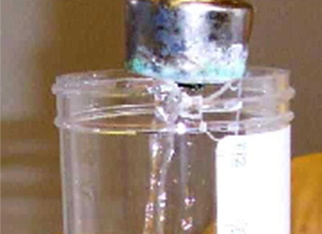
- That the touching of the inner part of the sample container lid is avoided
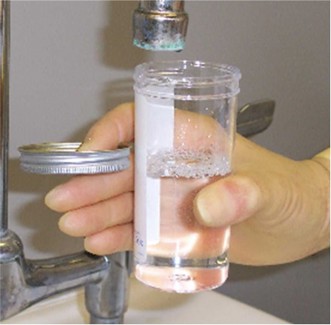
To sample correctly:
- Hands away from sample/inside of container
- Lid facing downwards
- PPE worn
- Minimal distance between container and sample point
- Sensible speed of sample outflow
- Securely close container after sampling
- Avoid putting the lid down
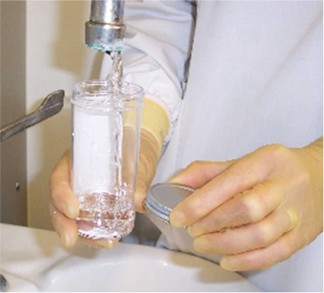
After sampling:
Samples must be tested within two hours or held at 2-8oC. The time from sampling to testing requires validating. The maximum time set is normally 24 hours.
Training
The main reason for aseptic sampling failing is inadequate training. A training scheme will need to cover avoidance of poor sampling habits and means to avoid the shedding of microflora from the body. Poor sampling habits can include the use of non-sterile equipment or the improper use of the equipment.
Our course, water systems and microbiological control, equips individuals with an understanding of how water systems are designed and controlled to ensure that water quality does not adversely impact on the final product quality.
Annex 1 webinar series: Dr Tim Sandle has collaborated with RSSL on an insightful series covering key Annex 1 focus areas. To learn more and view the series please click here.
